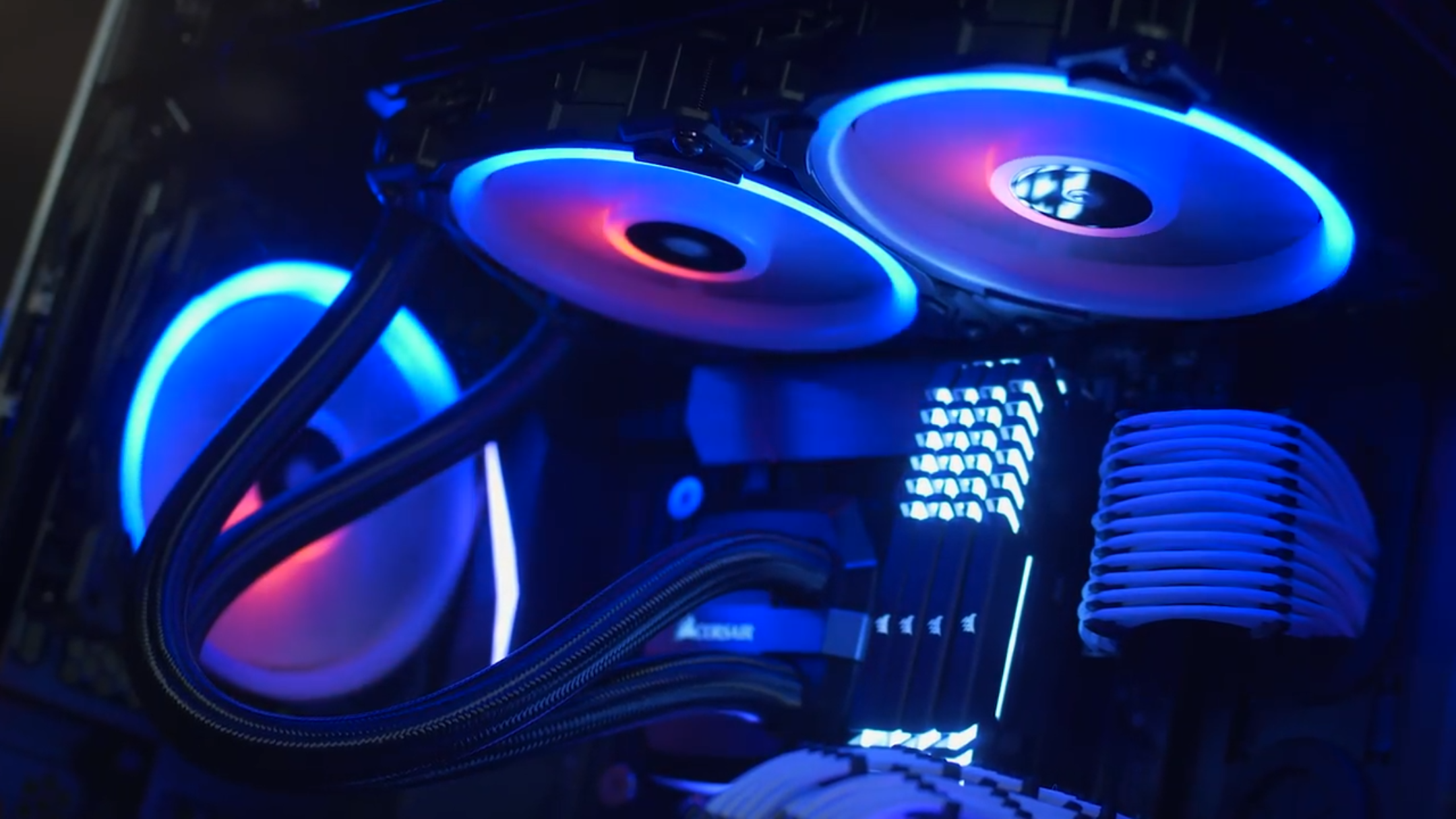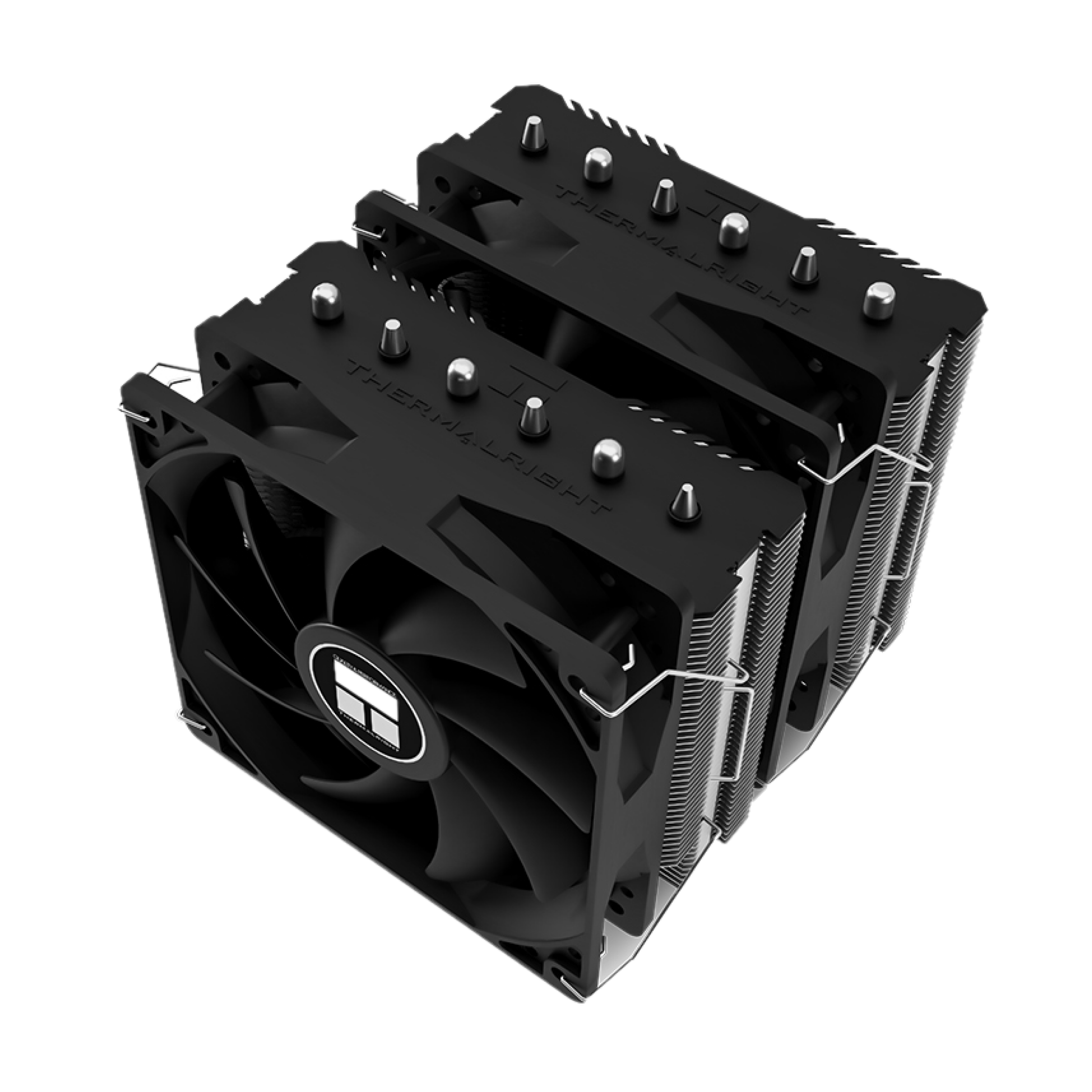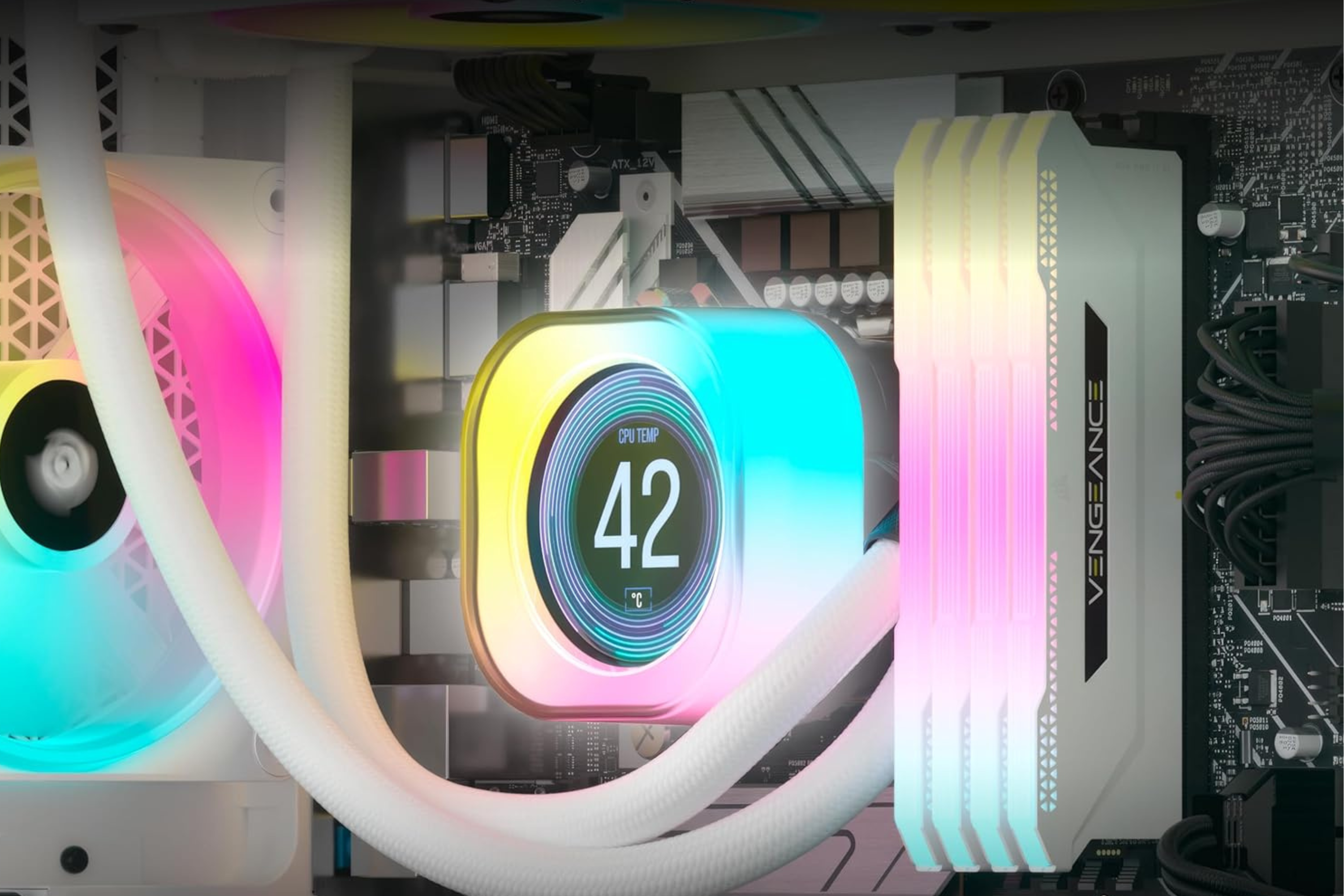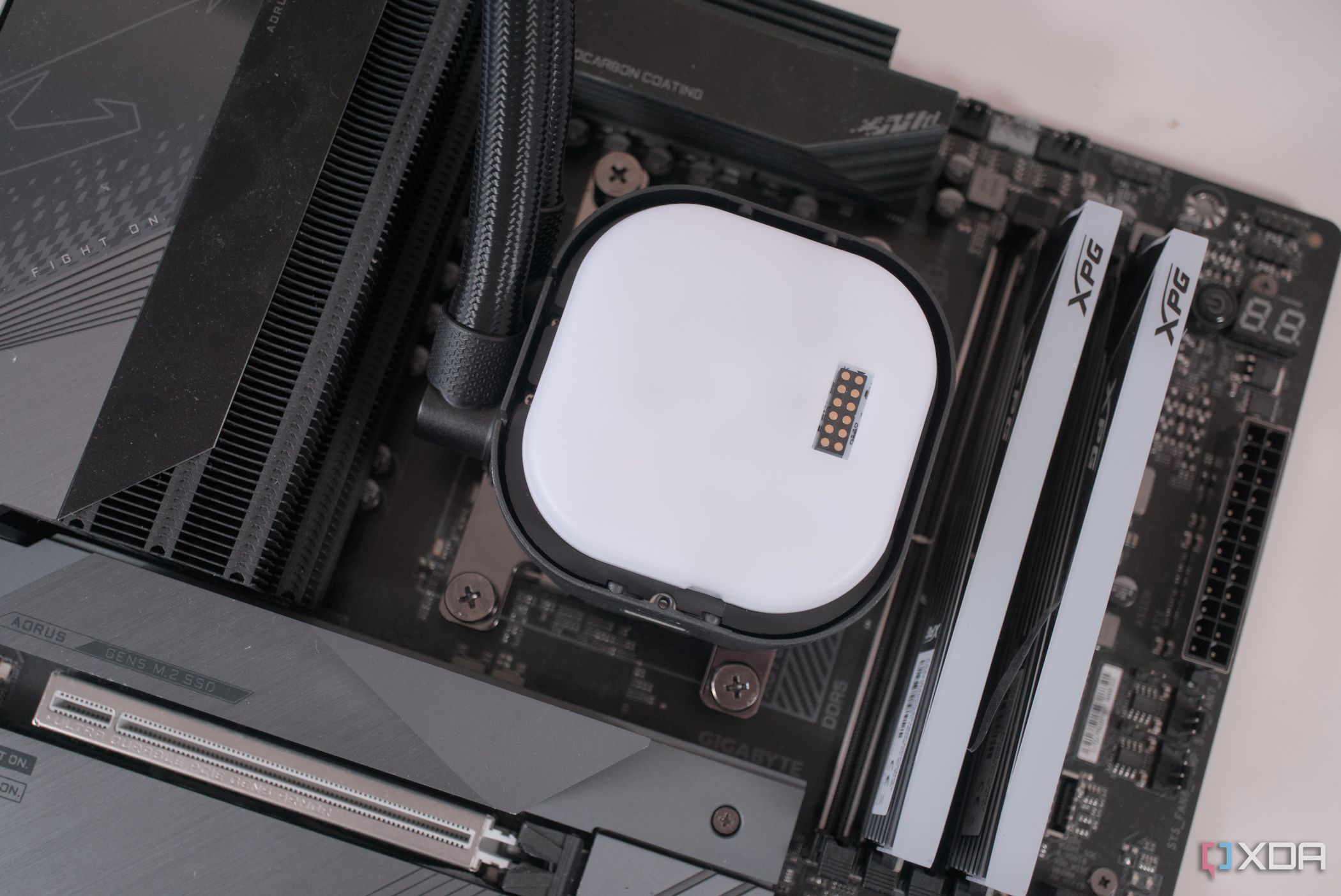For 22 years (till 2022), I only used air coolers. Stock Intel and AMD coolers and a cheap Cooler Master air cooler were enough to keep each of my processors (up to the Ryzen 5 1600) cool enough. When I got a new PC in 2022, I had the option to stay with air coolers or finally “upgrade” to an AIO liquid cooler. Since I had won this PC in a PC building competition, I decided to splurge a little by picking a 240mm liquid cooler from Cooler Master.
Had I known that the AIO would not be the game-changing upgrade I expected, I would have skipped it in favor of spending the allotted prize money on the other components. Not only was the cooling performance underwhelming, but the supposedly better esthetics weren’t perfect either. It goes to show that sometimes, the smarter choice might not be readily apparent.

Related
5 things I wish I knew about cooling before building my gaming PC
It would have saved me some money and a lot of hassle
Same idle temps as my air cooler
Even on a 65W CPU
Using the 240mm AIO wasn’t completely useless, of course. I enjoyed a more silent system, especially under load, and the CPU temps in gaming were respectable. My Ryzen 7 5700X wasn’t running radically cooler than my Ryzen 5 1600 with an air cooler, but I chalked it up to modern CPU behavior and the AIO being a 240mm model instead of a 360mm one. What surprised me more, however, were the idle temps.
I expected a liquid cooler to keep a 65W TDP CPU in the 30–40℃ range, but no matter what I tried, the 5700X always ran considerably hotter — in the high 40s and mid-50s. And there was nothing particularly demanding running in the background either. The average idle temperature of my Ryzen 5 1600 on my older air cooler was almost the same, sometimes even lower. I knew I was comparing CPUs from two very different generations, but my expectations from the liquid cooler were high.
It turns out I would have been fine with a decent air cooler, especially on this CPU, leaving me more of the budget for other components, such as a second SSD, a white memory kit, and a white motherboard. I was going for an all-white theme and had picked a white case and liquid cooler, but the limits of the allotted prize money meant I had to make some tough choices.

Thermalright Peerless Assassin 120 SE CPU Cooler
Thermalright’s Peerless Assassin 120 SE is a value-oriented CPU cooler that costs around $35 and offers six heat pipes and two 120mm fans. It punches far above its weight, thanks to phenomenal cooling performance.

Related
Air coolers are just as good as AIO watercooling – pick the one that fits your build
It’s time to settle this debate once and for all
The high expectations came with avoidable hassle
Remounting and repasting cost me a lot of time
Since the idle and load temps didn’t meet my expectations, I concluded there was something wrong with the build process. I removed the cooler, changed the thermal paste, and reinstalled it several times, hoping to fix something I had ignored the first time. I suspected insufficient mounting pressure, the quality of the thermal paste, and my fan curves as the reasons behind the weird behavior, but nothing seemed to bring the temps down.
That’s when I gave up and concluded that nothing was “weird” or abnormal; I was simply expecting too much from the upgrade to a liquid cooler. AIO liquid coolers have some advantages compared to air coolers, but they don’t offer markedly improved cooling performance; at least not for budget or mainstream CPUs. They can help tame high-end CPUs better than air coolers, but liquid cooling isn’t better than air cooling in all departments.

Related
4 easy mistakes to make when installing a CPU cooler
Installing your CPU cooler is one of the trickiest parts of a PC build. Here are some of the most common mistakes we all make when installing them.
Even the esthetics weren’t drastically better
This one disappointed me the most
I was sure that moving from an entry-level, single-tower air cooler to a sleek AIO liquid cooler would be a big win in the esthetics department. I was going for a white-themed build, and landed on the white Cooler Master ML240L to match with the other components. However, with the PC fully assembled in front of me, I was hesitant to call it a hands-down victory for the liquid cooler.
Sure, the smaller pump and sleek radiator meant I could view more of my PC than I’d be able to with a bulky air cooler, but the tubes were still coming in the way. They were blocking a clear view of the RGB RAM, and passing too close to the graphics card. Plus, the radiator fans were a bit too big, hiding a significant portion of the motherboard’s top section from view. Overall, I wasn’t in awe of the build, which was something I had expected by opting for a liquid cooler.
I’m still not in favor of huge air coolers, as far as esthetics are concerned, but for this build, I could have gone with a compact air cooler like the Thermalright Phantom Spirit 120.

Thermalright Phantom Spirit 120 SE
Thermalright’s Phantom Spirit 120 SE is a bigger version of its acclaimed Peerless Assassin 120 cooler. It has seven heat pipes compared to the six on the Peerless Assassin and is a bit bigger, which means better cooling capacity.

Related
I don’t care about RGB, but these are the 7 visual upgrades I made to my PC instead
RGBe gone! I used 7 other upgrades to enhance my PC’s esthetics
AIO liquid coolers aren’t all that
AIOs might be known for better performance, noise levels, and esthetics, but for most users running low-TDP CPUs, air coolers provide pretty much the same performance. Many air coolers even surpass some liquid coolers when it comes to value for money. Enthusiasts running high-end chips like the Core i9-14900K might require all the power of a premium 360mm AIO liquid cooler, but in the esthetics department, AIOs aren’t always a slam dunk.












